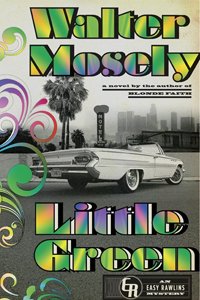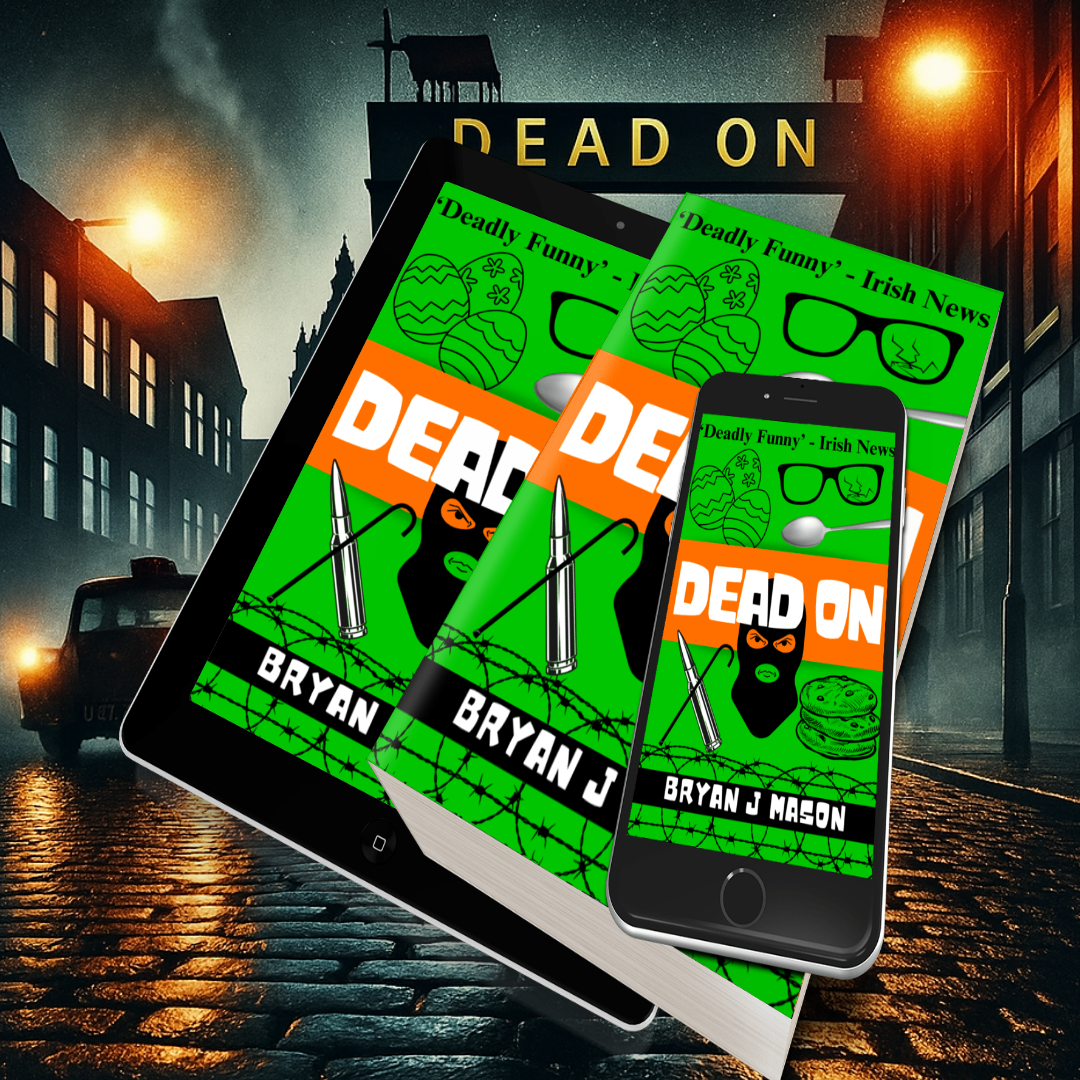 Written by Walter Mosley — At the end of the 2007 novel Blonde Faith, the battle-scarred and world-weary Ezekiel ‘Easy’ Rawlins plunged to almost certain death as his car went over a cliff. After 11 books, the first being set in 1948, Easy Rawlins fans bid their hero a sad but fond farewell. The black World War II veteran, day labourer turned private investigator, looked to have fought his last crusade, and left the casual institutional racism of post-war Los Angeles far behind.
Written by Walter Mosley — At the end of the 2007 novel Blonde Faith, the battle-scarred and world-weary Ezekiel ‘Easy’ Rawlins plunged to almost certain death as his car went over a cliff. After 11 books, the first being set in 1948, Easy Rawlins fans bid their hero a sad but fond farewell. The black World War II veteran, day labourer turned private investigator, looked to have fought his last crusade, and left the casual institutional racism of post-war Los Angeles far behind.
But in a fictional resurrection rivalling the return of Sherlock Holmes’s after his fight Moriarty, and even the apparent non-demise of Bobby Ewing, Little Green opens with a decidedly groggy but more or less intact Rawlins coming out of a coma in a plush LA mansion, tended by a beautiful young woman.
As Lynne Hua crosses and uncrosses her beautiful olive brown legs, as if to say, “If you don’t respond to this you may very well be dead,” fans of the author are immediately back familiar ground. Mosley’s novels – whether they feature Rawlins or other protagonists such as Socrates Fortlow, Fearless Jones or Leonid McGill – always unfold with a vibrant erotic undercurrent, seldom explicit but nonetheless powerful. It is never totally explained who is responsible for the the lavish surroundings which provide the backdrop for Easy’s recuperation, but he is back on his feet in short order despite his debilitating injuries. And none too soon, because enter stage left the most frightening of all Easy’s friends – the decidedly deadly and widely-feared assassin, Raymond ‘Mouse’ Alexander.
The relationship between Mouse and Easy is probably worth a PhD dissertation on its own, but suffice to say that whenever Mouse appears on the scene, sudden death has either just happened or is imminent. Mouse can kill a man in a second, without compunction, but investigation is not his strong suit. He asks Rawlins to look for a young man, Evander Toon, aka Little Green, who has gone missing. With a bloodstained bag containing $250,000 dollars of someone else’s cash. His mother, Timbale, has met indifference and contempt from the largely white LAPD, and so her friend Mouse calls in a favour.
What follows is a haunting journey through the hippy subculture of 1960s Los Angeles. We are re-introduced to the mesmerising Mama Jo. She may be a sorceress, she may have links to voodoo, or she may just be a herbalist. Thanks to her potions, Rawlins manages to keep enough strength in his legs to negotiate the alien world of free sex, communes, flower power and naive teenage girls seduced by manipulative ‘gurus’. He is in a foreign land here, despite being just a few miles from his own doorstep, but the Easy Rawlins of old gradually grounds himself amid the upside down morality and bizarre notions.
Little Green is found, but almost becomes an adjunct to the action. He is a dupe, but he is an innocent dupe, and Easy’s determination to do the right thing dominates the final third of the novel. The plot works, the villains are genuinely scary and, with the help of the awesome Mama Jo, Rawlins manages to bury the dead and comfort the living, with as little harm as possible to himself and his slightly unconventional family. Walter Mosley is on top form here, mixing his poetic, reflective style with high voltage dialogue and acerbic social observation. Little Green a is fine crime novel, but it is also a morality tale of a good man holding to his values in a swamp of evil.
Little Green is due for release on 6 June.
Weidenfeld & Nicolson
Print/Kindle/iBook
£9.49
CFL Rating: 5 Stars







